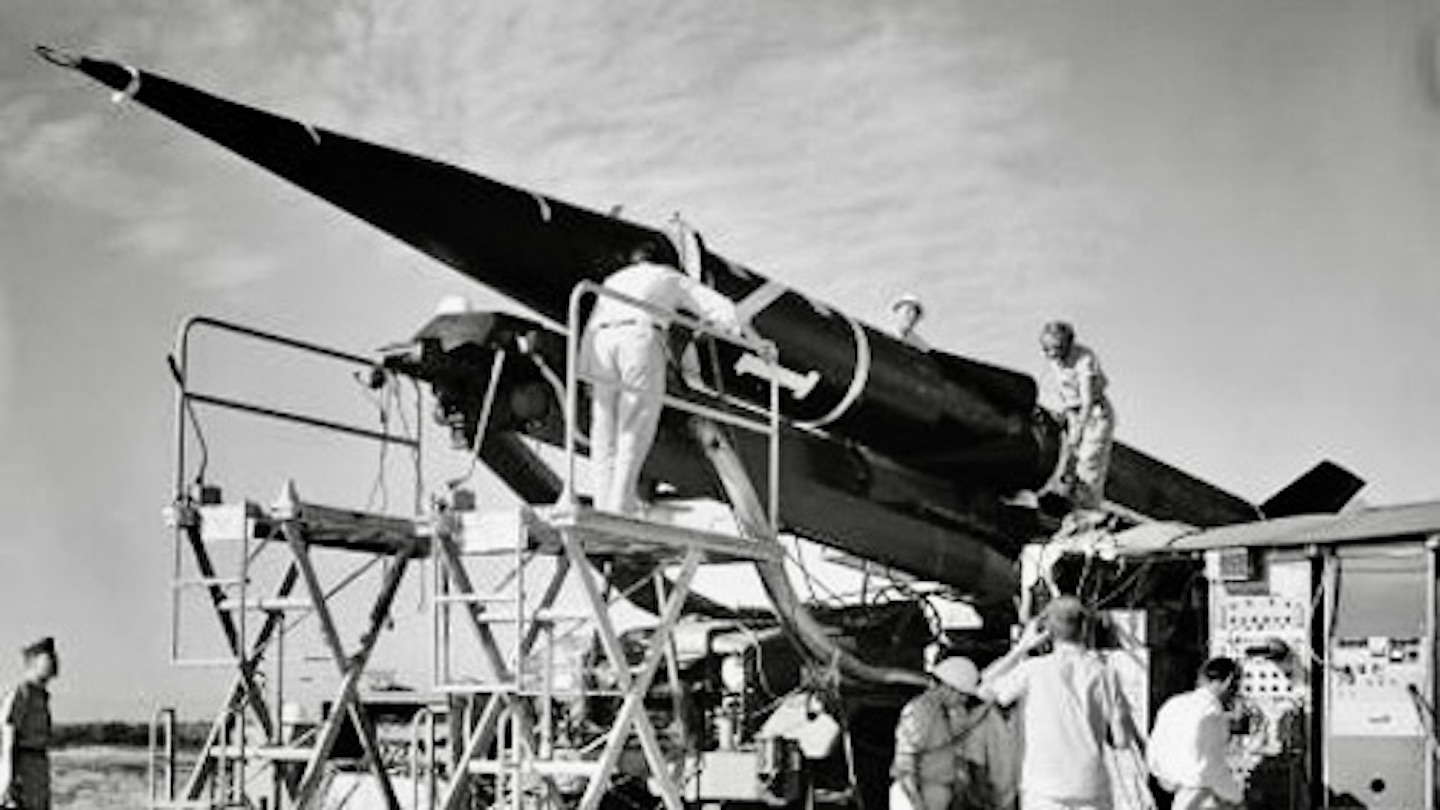Given the proliferation of development of hypersonic boost-glide guide vehicles among various countries these days, it’s easy to forget that the technology actually began to emerge in the early Cold War period. During the 1950s, McDonnell Aircraft’s experimental Alpha Draco missile played a critical role in verifying the basic principles of hypersonic boost-glide vehicles, which are now a major component of the hypersonic arms race that only began recently.
The short video clip below shows one of the three Alpha Draco missiles developed by McDonnell being launched in 1959. McDonnell’s Alpha Draco work went on to inform the company’s later boost-glide vehicle efforts, particularly with regard to spacecraft re-entry, which will be explored in the following.
It was in 1954 that McDonnell Aircraft began the development of test missiles based on the concept of aeroballistic or ‘lifting body’ flight — lifting body designs involve the body producing lift, rather than just the wings or other lifting surfaces. Later, in October 1957, the company committed to a proof-of-concept research program headed up by the Air Force — named Alpha Draco — to investigate the aerodynamic physics of boost-glide trajectories.
Hypersonic boost-glide vehicles are unpowered and rely on rocket boosters in order to get them to the desired altitude and speed. Once this is achieved, they are then released and travel along a relatively shallow atmospheric path to their target at hypersonic speed, which is defined as anything above Mach 5 (around 3,600 mph at sea level). Hypersonic boost-glide vehicles can have a high degree of maneuverability and can make multiple directional changes as required. As weapons, combined with their high-speed, an enemy has little time to detect, track, and classify them, making them extremely hard to engage.
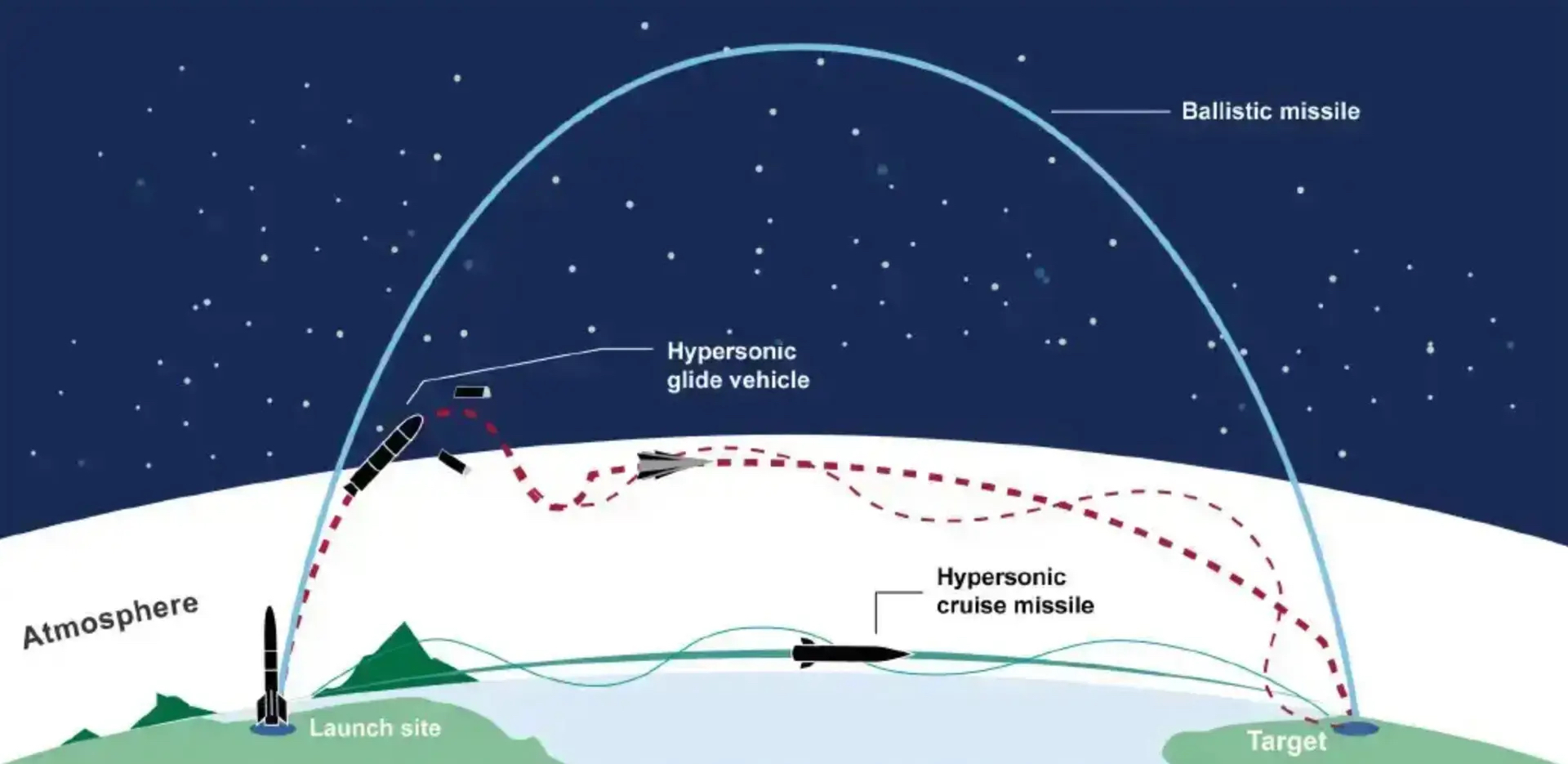
The Alpha Draco program became part of the Air Force’s Weapon System 199 program, or WS-199, and was known as WS-199D, in 1957. As Lt. Col. Robert V. Brulle (ret.) recalls in his book, Engineering the Space Age: A Rocket Scientist Remembers, it was the ongoing WS-199 projects, which were experimenting with air-launched ballistic missile technology, that drew McDonnell to WS-199.
“McDonnell’s top management saw the Bold Orion program as a chance to break into the long-range missile business by proposing a long-range glide vehicle,” he notes. “That type of vehicle would solve the problem of correcting for launch anomalies of an air launch, provide recall or course changing capability, and be able to maneuver to confuse the enemy or skirt heavily defended areas.”
Bolt Orion, also known as WS-199B, was designed to determine if air-launched ballistic missiles (ALBM) were feasible. It was the immediate predecessor to the Air Force’s Skybolt ALBM, which you can read about more in this past War Zone feature.
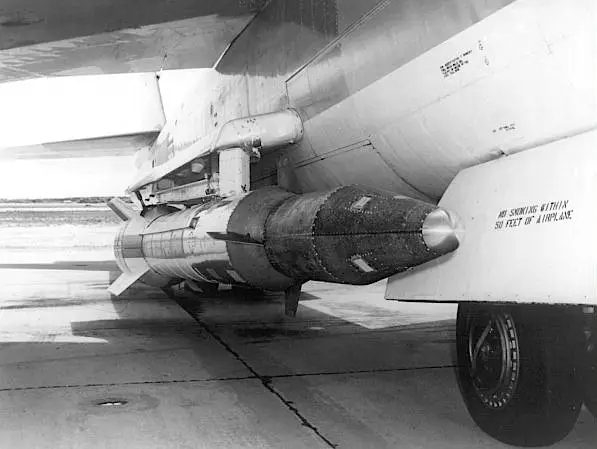
With the Air Force contract in place, McDonnell was soon after provided space at Cape Canaveral Space Force Station — known as Cape Canaveral Missile Test Annex in the late 1950s — for Air Force support in developing its hypersonic boost-glide vehicle.
Alpha Draco was a two-stage, solid-rocket-motor missile. The first stage was powered by a Thiokol TX-20 Sergeant solid rocket motor, of the sort used in the U.S. Army’s MGM-29 Sergeant short-range ballistic missile, and was capable of 44,600 pounds of thrust. The second stage used TX-30 solid-fueled rocket motors, which generated 12,200 pounds of thrust. Overall, the missile measured around 46 feet long, with a diameter of 31 inches and a wingspan of over seven feet, and weighed some 13,810 pounds.
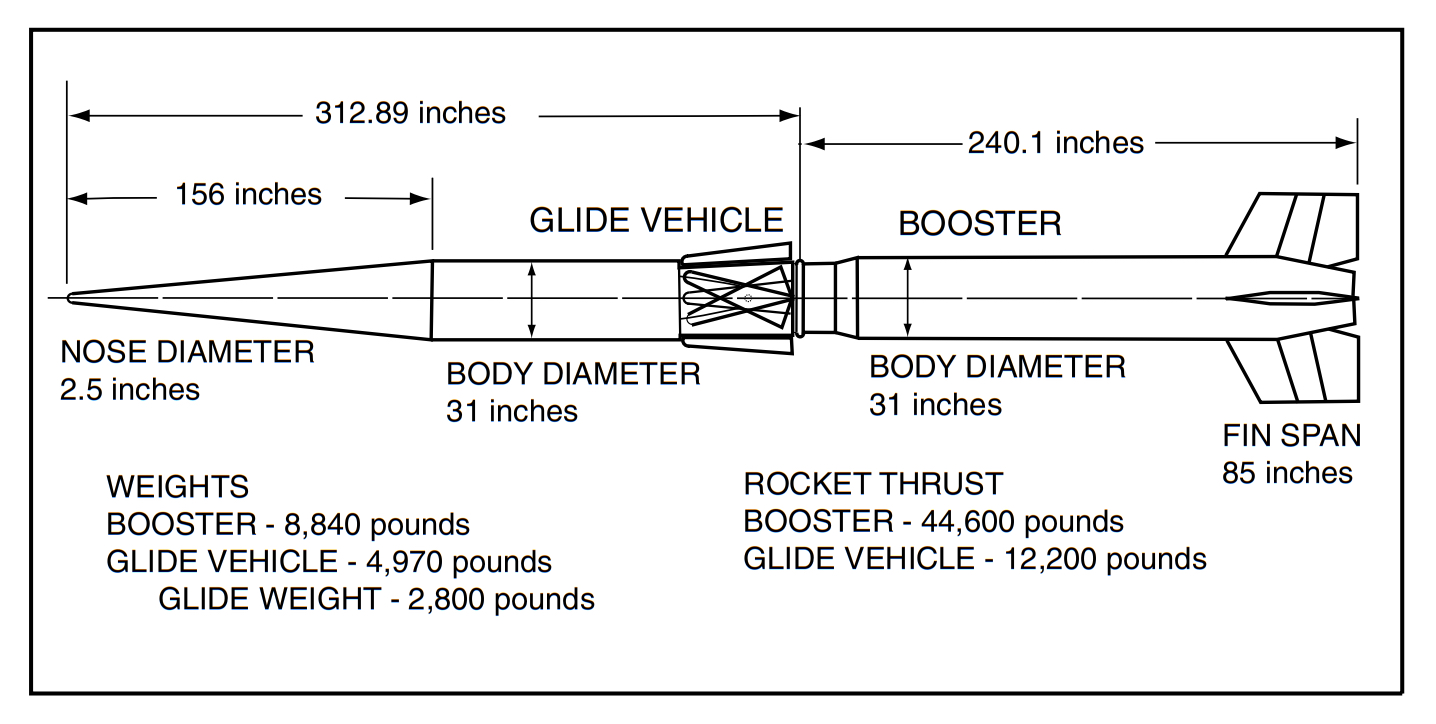
The glide vehicle measured over 26 feet long, and comprised a 13-foot body section attached to a 13-foot-long nose cone. The vehicle itself was made of 321 stainless steel — a titanium-stabilized chromium-nickel austenitic stainless steel with corrosion resistance. Its internal systems were protected from heat transfer by a thick layer of insulation.

When it came to actually testing Alpha Draco, the missile was launched via a modified Army Honest John rocket launcher, Brulle notes, but was never air-launched. In all, three tests were conducted out of Cape Canaveral in 1959. The first two, which took place on February 16 and March 16, respectively, were successful. According to the flight summary reports of Bert Reime, the test conductor, of the February launch, cited by Brulle:
“The S/N-1 Alpha Draco was launched successfully from Pad 10 of Cape Canaveral, Florida, at approximately 4:03 PM 16 February 1959 into a partly cloudy sky. It was launched on an azimuth of 106.9° true at an elevation of 74°33′ corresponding to a ballistic wind having a tailwind component of 1.8 knots and a cross-wind (from the left) component of 11.7 knots. The anticipated flight path was 95° from true North. The glide vehicle impacted 224 nautical miles down range after 427 seconds of flight. Radar plots indicated that it flew very close to the nominal flight trajectory and terminated within 2 miles from the predicted impact point.”
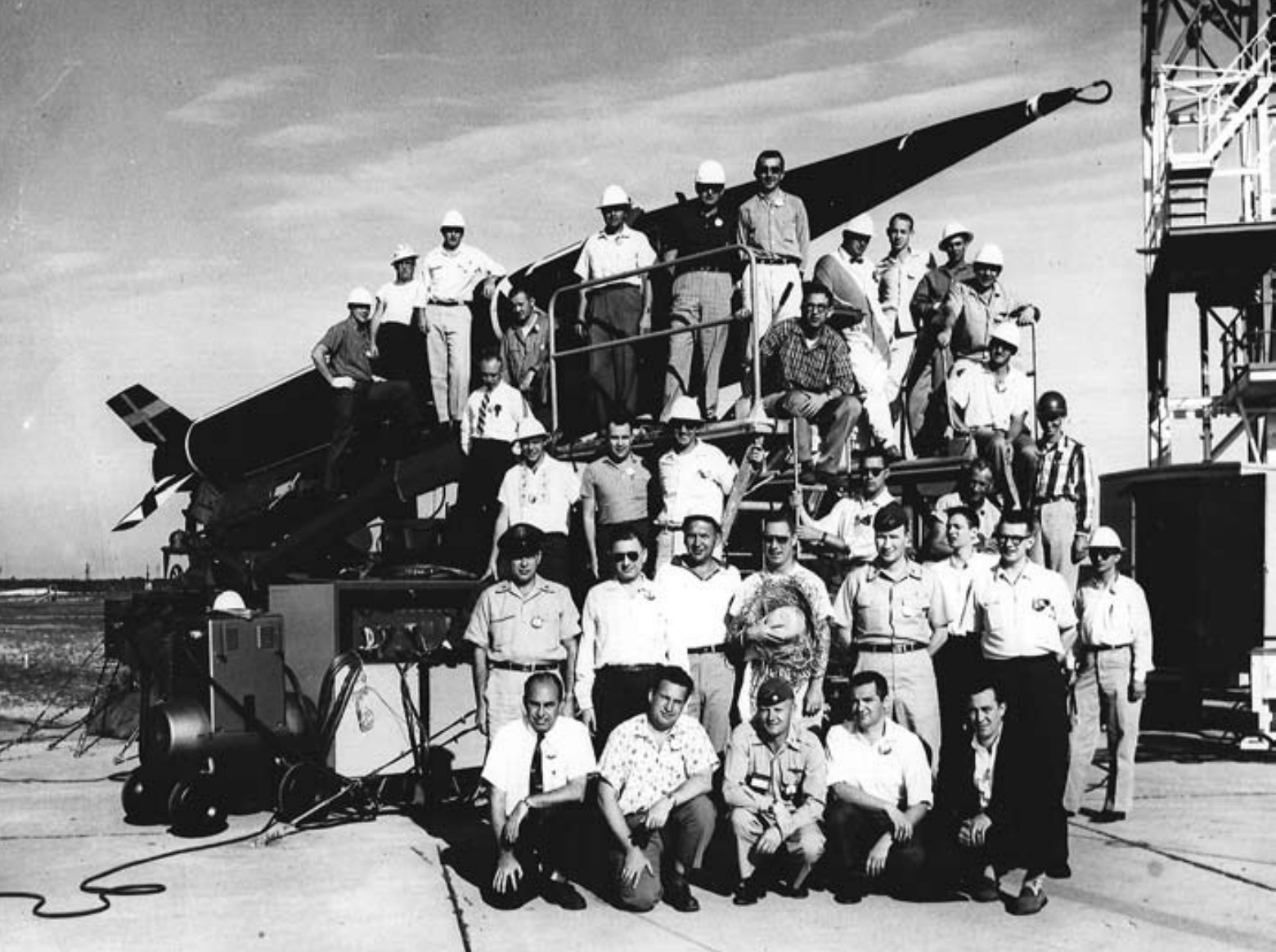
The third launch, which took place on April 27, was unsuccessful. The range safety officer destroyed the vehicle just after the second-stage ignition when it deviated from its flight path, Brulle indicates. Post-flight analysis showed that the roll axis resolver failed, causing a flight path departure.
Ultimately, none of the Air Force’s WS-199 designs, including WS-199D, turned into operational weapons. Moreover, the results of the testing with Alpha Draco were not immediately jumped on by the Air Force. However, WS-199D was hugely significant for several reasons. For one, Alpha Draco was the first missile to fly in the atmosphere at a hypersonic velocity, as Brulle notes. It also demonstrated that aerodynamic body lift was achievable, rather than just theoretical, and could be controlled at hypersonic speeds, he states.

McDonnell went on to pitch an Alpha Draco concept for the Minuteman silo-launched intercontinental ballistic missile system, although this was not advanced. However, work on the project did go on to inform a number of programs later on in the Cold War relating to spacecraft reentry.
Notably, this included the ASSET (Aerothermodynamic Elastic Structural Systems Environmental Tests) and PRIME programs. McDonnell’s experimental ASSET sub-scale re-entry vehicle can be seen in the video at the top of this article. The ASSET program was designed to verify the superalloy heat shield of the Air Force’s X-20A Dyna-Soar (an acronym for dynamic soaring) space plane.

The Dyna-Soar project had the aim of getting personnel and payload into space via a rocket-launched glider-like craft that would descend down and land like a plane after a mission. Work on the project began in 1957, with Boeing as the prime contractor, although McDonnell’s involvement came later in the early 1960s. The program was shuttered by the latter half of that decade. Lifting body work would continue in various forms into the 1970s, with the Space Shuttle eventually combining many aspects of exploration done on hypersonics and lifting bodies.
In terms of Alpha Draco’s impact on later hypersonic weapons development, its findings fed into the Air Force’s classified Boost Glide Reentry Vehicle (BGRV) program — an acronym which Alpha Draco was also important in popularizing — which further investigated the physics of missiles maneuvering at hypersonic speeds after re-entering the atmosphere. A BGRV was launched from Vandenberg Air Force Base on February 26, 1968, via an Atlas F intercontinental ballistic missile (ICBM) in the Pacific Ocean, collecting valuable data.

More recently, the U.S. military has explored various hypersonic boost-glide weapons concepts. In 2018, for example, the Air Force, the Army, and the Navy joined forces to develop hypersonic weapons using a common boost-glide vehicle design. In 2020, the Air Force ended up pulling out of that initiative amid budgetary concerns, with funds being diverted from the program to developing the separate AGM-183A Air-Launched Rapid Response Weapon hypersonic missile, or ARRW. The Army and the Navy have continued with their joint program.
Today, the Air Force’s focus on air-launched hypersonic boost-glide vehicle weapons has become less certain due to its planned closing out of work on ARRW. It is possible that a follow-on effort, potentially already underway in the classified realm, could be on the horizon. The Defense Advanced Research Projects Agency’s (DARPA) Tactical Boost Glide (TBG) program, which is a Joint DARPA/Air Force effort, is set to wrap later this year, having been conducted in parallel with ARRW.
It should be noted that the United States is not the only country to have developed hypersonic boost-glide vehicles. Russia and China both have operational systems, while North Korea continues its efforts to develop them.
Whatever the Air Force ultimately decides in relation to ARRW, the service’s present-day testing of hypersonic boost-glide vehicles owes much to the earlier efforts of Alpha Draco back in the 1950s.
Contact the author: oliver@thewarzone.com
